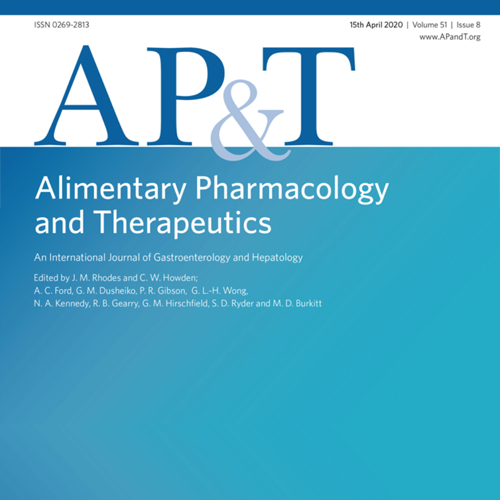Summary
Background
The prevalence of hepatitis C virus (HCV) infection in Egypt is the highest in the world, yet the total economic burden has not been quantified. Improved understanding of costs and the impact of treatment strategies will provide for better allocation of resources to reduce HCV disease and economic burden.
Aim
A modelling approach was used to quantify the current HCV-infected population, future disease progression and associated costs in Egypt.
Methods
Direct healthcare costs were calculated from a nationally representative hospital and a disability adjusted life year (DALY) template was used with monetary value assigned to lost life years. Three scenarios were considered: (i) Historical treatment scenario: 50% SVR; 65 000 treated annually, (ii) Current treatment scenario: 90% sustained virologic response (SVR); 65 000 treated annually, (iii) Increased treatment scenario: 90% SVR; 325 000 treated annually by 2018.
Results
Cumulative DALYs (2015–2030) under Scenario 1 were estimated at 7.88 million and cumulative costs estimated at $89.07 billion. Annual DALYs increased 16% during 2015–2030 while annual costs more than doubled. Scenario 2 reduced cumulative DALYs and costs by 7% and 4%, respectively. Under Scenario 3, total costs declined 73% to $1047 million during 2015–2030. As compared to Scenario 1, cumulative DALYs and costs decreased 37% and 35%, respectively.
Conclusions
This is the first estimate of the total economic burden of HCV in Egypt. Extraordinary measures are necessary to substantially reduce HCV disease and cost burden. With newer therapies, strategies to reduce disease burden are feasible and cost-effective.
Countries: Egypt

